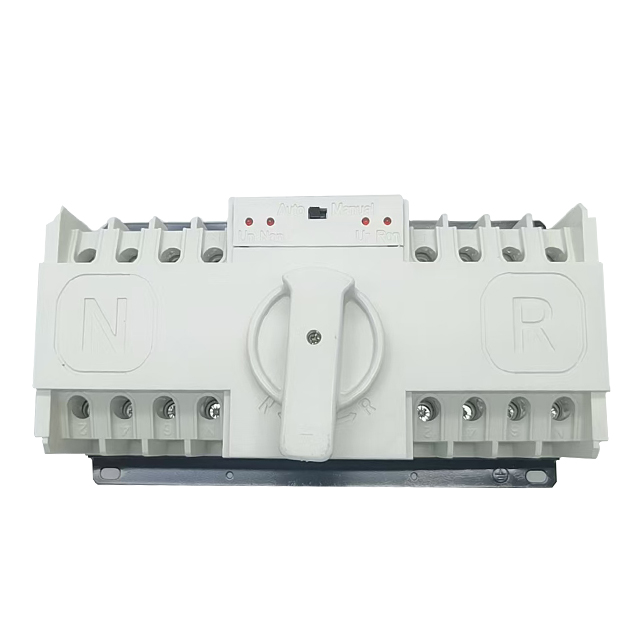Automatic Transfer Switch
Products categories
Automatic Transfer Switch
Can’t find the product you need? Click the button to contact us!
1. What Automatic Transfer Switch ?
An ATS is an intelligent switching device used in power systems. Its core function is to automatically complete circuit switching between two or more power sources (usually the “normal power source” and “backup power source”) based on the “availability” of the power sources (such as whether the voltage and frequency are normal), ensuring that the load continuously receives reliable power supply and avoiding power outages caused by a single power source failure.
2.What Are The Installation Methods Of Automatic Transfer Switch?
The installation method of an ATS shall be determined based on its current rating, structural type (e.g., PC class, CB class), application scenario (e.g., power distribution room, beside equipment, outdoor), and electrical code requirements. Its core objective is to ensure safe and reliable operation, facilitate operation and maintenance, and comply with the circuit topology logic.
3. How Automatic Transfer Switch Work ?
The core working principle of an ATS lies in real-time monitoring of power supply status → determining faults/recovery → automatically switching circuits. It ensures that the load is always connected to an “available power supply” (usually with the normal power supply as the priority and the backup power supply as a fallback), and the entire process requires no manual intervention. Its specific working process can be divided into three phases: “normal monitoring”, “fault switching”, and “recovery switching”.
4.Applications Of Automatic Transfer Switch
The core value of an ATS is to ensure “uninterrupted power supply” for critical loads. Therefore, its application scenarios are highly concentrated in fields where “power outages may lead to serious consequences (such as safety risks, economic losses, and functional paralysis)”. It is applicable to medical systems, transportation hubs, fire-fighting and emergency facilities, data centers and communication rooms, industrial production, commercial retail and services, residential communities, municipal infrastructure (waterworks, sewage treatment plants, heating stations), communication base stations, border posts, photovoltaic power stations, etc.

